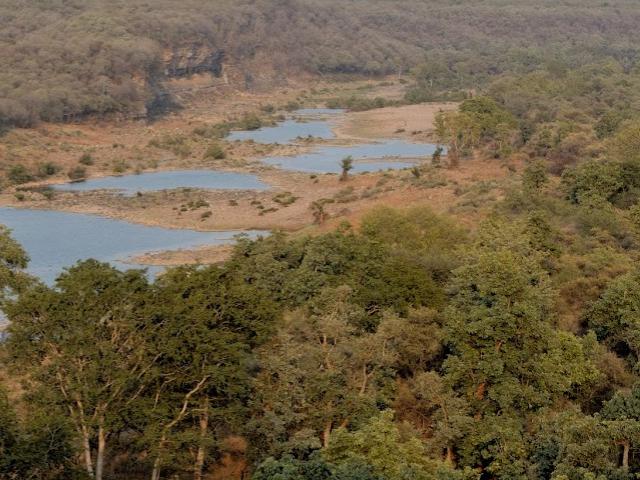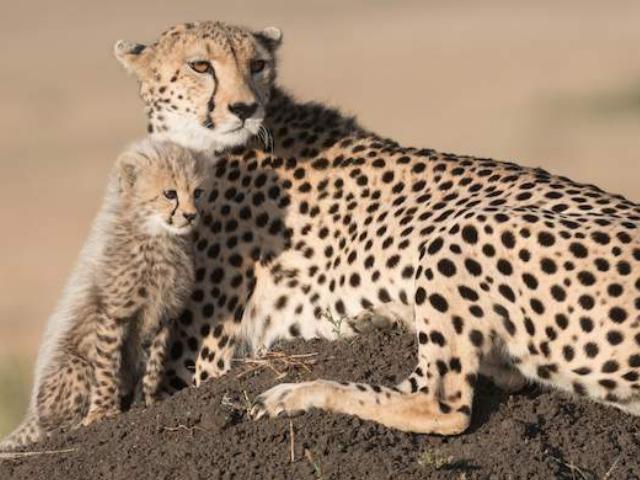Why MoEFCC Tightlipped
Also read: Lion ,Cheetah And The Politics Of Conservation
Though there were hectic preparations going on in and around Kuno for the past few days, especially the construction of a number of helipads, politicians and officials were tight lipped. The cheetahs were scheduled to have been brought on August 15 when the Prime Minister Modi was supposed to have announced the translocation. However, it did not happen. The chief minister’s announcement was also surprising because Madhya Pradesh was never involved in the translocation project as it was being handled by the centre. Though Kuno is located in MP, the state was not even part of the ceremony of signing of the MoU with Namibia. The project was always close to the prime minister.
" Waste of Taxprayers"
New Delhi’s “vanity project” has been involved in controversies beginning a Supreme Court order in 2013 to ensure lion translocation in Kuno Palpur national park to the questions raised by wildlife scientists and biologists over the conservation value of the project. Critics like Ravi Chellam, a veteran in wildlife research, education and conservation had warned, “The cheetah introduction plan has not been mentioned in the National Wildlife Action Plan including the current plan for the period 2017-2031, while the translocation of lions has been a national priority since the 1950s.”
Also read: Delay In Cheetah Translocation, Indian Bureaucrats in Tizzy
" Environmentalist and author, Valmik Thapar has even termed the project as “a waste of taxpayers’ money.” In an interview with The Times of India, he had said, “The African cheetah can never be introduced into the wilds of India. We don’t have any habitat to ensure a natural reintroduction. We do not have the prey species or the space for the cheetahs to grow in numbers.” He also said, “I think you can reintroduce cheetahs in a fenced enclosure of 100-200 sq km with an expenditure of millions of dollars, because the fence has to be four metres high. You can make sure that they are hand-fed or baited. And you can have people coming in to watch the animals, as in a drive-in enclosure. But reintroducing it in the wild is impossible.”




Comments
Post a Comment